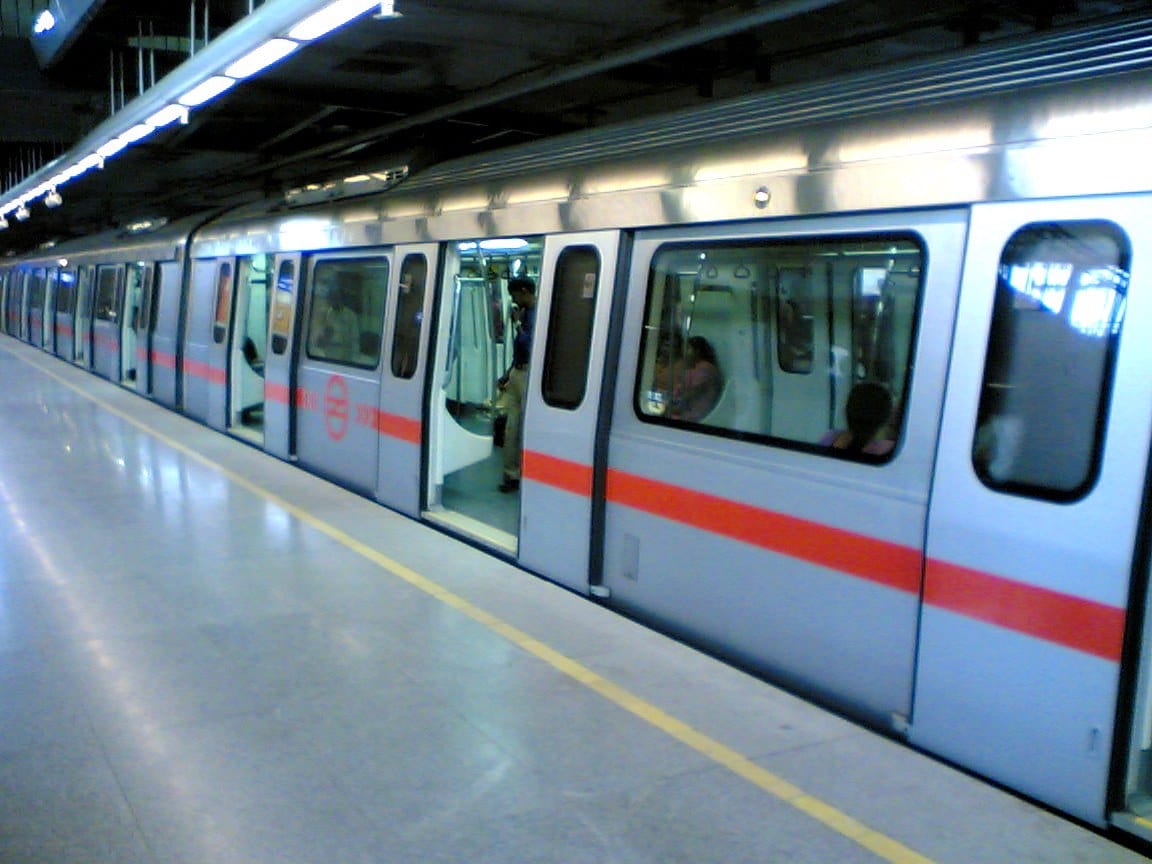India recently got onboard the driverless-vehicle trend when the first of what will be a small fleet of autonomous trains arrived in Delhi in June, where it is expected to go live in 2016.
Experts from the Delhi Metro told Indian Express that the trains, manufactured by Hyundai Rotem, will feature improved efficiency and increased passenger yield by removing the driver’s cabin. This restructuring will accommodate an extra 240 people per train, and installed internal and external CCTV cameras will monitor the train and tracks for safety.

Picking Up Steam Worldwide
India, however, is not the first to debut a driverless metro — in fact, the first automated railway system came online in New York in 1961. Since then, Vancouver, Copenhagen, Paris and Kuala Lumpur have instituted automated rail systems, and London is expected to roll out a driverless “tube” by 2022 . These initiatives can reduce up to 70 percent of staff costs, according to a study by Imperial College London. An added benefit? Reduced transportation hangups resulting from labor disputes.
A Smarter, Safer Train
Human error remains a common cause of train and metro accidents, including a Spanish derailment in 2013 that killed one-third of the train’s passengers and crew. By removing variables such as human error, driverless trains are able to improve safety and efficiency. Despite outstanding labor and cost concerns, you can expect the driverless trend to chug along in the coming years.
Read more about the fleets of tomorrow in Field Service Digital’s “Futuristic Fleet” series.


Share this: